Our History
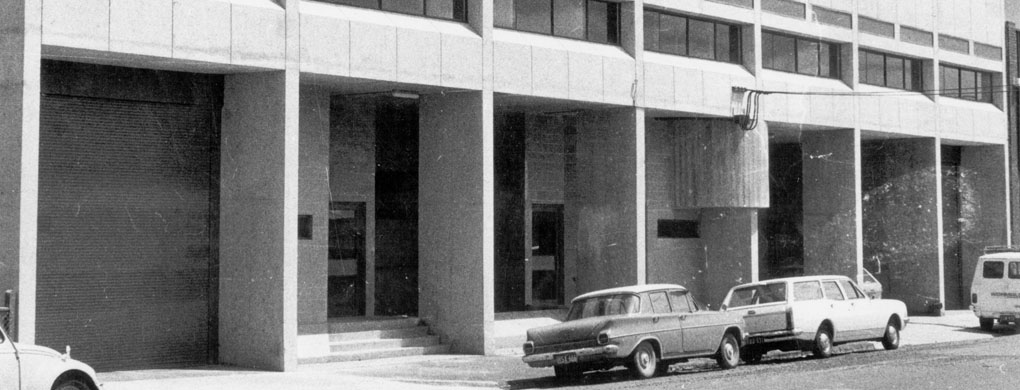
From modest beginnings as a technical school in Collingwood in the early 1910s, Melbourne Polytechnic has grown to become one of the largest providers of vocational education and training in Victoria today.
Melbourne Polytechnic is a respected and popular provider in Melbourne's north, with a rapidly growing presence in the south. Seven campuses provide increased pathways and choice to higher education and ongoing learning. We offer students the unique opportunity to integrate practical learning with traditional theory. The practical, personal and empowering lifelong education we provide, translates into successful avenues to employment for our student body.
The origins of Melbourne Polytechnic are based in the sociology of the past. In that era, adequate technical education was lacking and became a focus in the Victorian Parliament early in the 20th century. After much debate and discussion among politicians and educationalists, The Education Act No. 2301, 1910 was passed. This Act made possible the establishment of new technical schools to address the dearth of skilled tradespeople.
Melbourne Polytechnic - what's in a name?
In October 2014, the Northern Melbourne Institute of TAFE (NMIT) changed its name to Melbourne Polytechnic. This change of name was part of a wider, strategic process to transform the Institute into a contemporary provider of high quality education and student experiences. The term polytechnic aligns more closely with what we offer today and has greater recognition internationally – specifically across Europe and Asia. Our name reflects the broadening of the Institute’s operations to markets outside of northern metropolitan Melbourne.
Over 100 years of historical progression in education
Collingwood Technical School
In July 1912, two years after The Education Act No. 2301, 1910 was passed, Collingwood Technical School (CTS) opened in modified bluestone buildings at 35 Johnston Street. These buildings were originally built in 1853 as the Collingwood Town Hall and Court House. Within three weeks, there were 57 boys enrolled – studying preliminary carpentry and pattern-making, plumbing, engineering, sheet iron work and bricklaying. They attended two hours a night on three evenings a week. Many of the students experienced long days – the young boys, some only 14, were up as early as 6am for their local paper round and were studying into the evening. By September, there were 72 students plus 12 Manual Arts students from Melbourne High School. This latter group was the first of many students from other schools to study at night throughout CTS’s history.
The following year in 1913, CTS opened its doors to juniors and took residence in new permanent buildings erected on the site. It was classified as a trades school by the Victorian Education Department. At the time, it offered carpentry, fitting and turning, plumbing, bricklaying and plastering, with courses in electrical wiring and electrical and mechanical engineering introduced two years later.
Over the next 75 years, the school expanded with new extensions and courses as education assumed a prominent role in society. In 1916, during World War 1, the school was used to rehabilitate returned soldiers and a Returned Soldiers Training Scheme began. In 1931, during the Depression, classes started for unemployed youths. By 1935, the junior school had 788 enrolments - the largest of any metropolitan technical school. The total enrolment was 1769.
In 1937, Federal and State grants were made available for a Youth Employment Scheme and there was a drop in junior school enrolments due to the opening of Preston Technical School. Over the next couple of decades, new buildings were added and numbers steadied. In 1970, Collingwood Technical School was renamed Collingwood Technical College following the introduction of 'middle-level' engineering courses in 1968. Certificates of Technology were introduced and, in 1976, the college assumed responsibility for high school evening classes at University High School as part of TAFE operations. In 1979, recognising a shortage of skilled gardeners, the college introduced horticultural studies in Parkville. A total of 96 apprentices enrolled. One year later, in 1980, the new Otter St building opened and was occupied midyear to be fully operational a year later. At the time, 8000 full-time and part-time students enrolled in TAFE courses at Collingwood.
Preston Technical School
In the mid-1930s, the idea of establishing a second technical school in the north of Melbourne resurfaced. Preston Council provided land in St Georges Road and Northcote City Council also offered money. Consequently by the end of 1936, the building of Preston Technical School was nearing completion. The first meeting of the school council was held in the Preston Town Hall. In 1937 the new school opened with 385 male students and 21 staff. Demand for technical education in the north grew, and within three years, the school had outgrown its buildings and spilled over into temporary quarters.
As World War II ended, students were being taught in classrooms at four state schools in Preston and Northcote. While the Second World War had halted new construction, building restarted after 1945 and in 1947 a workshop block was opened for teaching carpentry and joinery, fitting and machining, plumbing and gas-fitting. By 1949, there was a recognised need to educate girls in the technical area. Seven years later, Preston Girls' Technical School opened in Cramer Street with up to 500 students. There was also a push for the establishment of a diploma school offering tertiary courses in engineering and science. By the 1950s, Preston was the biggest technical school in Victoria, with 893 boys enrolled.
During the 1960s the college expanded and developed. In 1966, the college council applied to affiliate the Preston Diploma School with the Victoria Institute of Colleges. By 1977, more than 100 courses were offered and a decade later, the college had a student population of almost 17,000 prior to amalgamation.
Amalgamation and creation of NMIT
The contemporary entity that became NMIT, was formed in 1988 through the amalgamation of Preston College of TAFE and Collingwood College of TAFE, to which was attached the Parkville horticulture campus. The new entity, originally called Northern Metropolitan College of TAFE, developed campuses at Heidelberg, Greensborough and Epping to add to those existing at Preston, Collingwood and Parkville. In 1996 the name was changed to Northern Melbourne Institute of TAFE. In 1999, the acronym NMIT was adopted.
There were also training centres at Eden Park and Yan Yean, and during 2002, a training centre was opened at Yarra Glen in the Yarra Valley and new campus in Ararat. In 2004, NMIT opened another campus at Fairfield after the Parkville campus was closed. Since then, an additional training centre has opened at Broadmeadows (Northern AMEP Centre). Yarra Glen training centre and the Greensborough campus were closed. The Ararat campus has become a working training centre – harvesting olives from our olive groves and boasting a productive lavender farm and vineyard.
Melbourne Polytechnic
NMIT opened doors in the south in 2014, with a campus in High Street, Prahran. The Prahran campus was originally named Melbourne Polytechnic before the name went institute wide from October of that same year – no longer was Melbourne Polytechnic exclusive to the north!
Melbourne Polytechnic has been accredited to deliver over 300 nationally recognised qualifications and more than 400 Institute accredited courses in everything from accounting to equine studies, childcare to commercial cookery, fitting and turning to floristry and beauty therapy, to meat processing. These study programs are delivered across seven campuses and additional specialist training centres throughout metropolitan Melbourne and country Victoria.
Today our programs encompass a broad course range that transcends the days of carpentry, plumbing and sheet metal. We offer programs that include pre-apprenticeships, apprenticeships, certificates, diplomas, advanced diplomas, associate degrees, bachelor degrees and master’s degrees. There are also articulated pathways to university studies. Melbourne Polytechnic hosts a large cohort of international students as well as delivering programs with 25 partner institutions throughout Asia.
One of the most significant aspects of Melbourne Polytechnic’s development are the strong links forged with industry and the community. Students are taught by industry experienced teachers in courses that meet the needs of industry today.
Melbourne Polytechnic Through the Decades
-
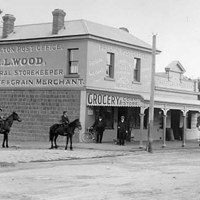 Melbourne Polytechnic in the 1910sA century of Technical and Vocational education in the northern suburbs of Melbourne.LEARN MORE
Melbourne Polytechnic in the 1910sA century of Technical and Vocational education in the northern suburbs of Melbourne.LEARN MORE -
 Melbourne Polytechnic in the 1920sDiscover how Collingwood Technical School grew through the challenging decade of the 1920s following the World War to the commencement of the Great Depression.LEARN MORE
Melbourne Polytechnic in the 1920sDiscover how Collingwood Technical School grew through the challenging decade of the 1920s following the World War to the commencement of the Great Depression.LEARN MORE -
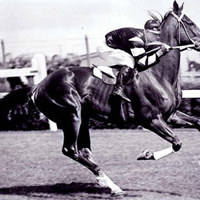 Melbourne Polytechnic in the 1930sDespite the Great Depression and outbreak of WWII, the 1930s saw increased demand for vocational education, particularly in Melbourne’s northern suburbs.LEARN MORE
Melbourne Polytechnic in the 1930sDespite the Great Depression and outbreak of WWII, the 1930s saw increased demand for vocational education, particularly in Melbourne’s northern suburbs.LEARN MORE -
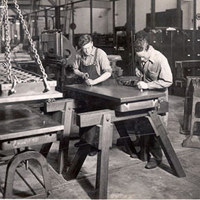 Melbourne Polytechnic in the 1940sDuring the 1940s, the growth of Collingwood and Preston Technical schools was dominated by the war effort, post-war reconstruction and migration.LEARN MORE
Melbourne Polytechnic in the 1940sDuring the 1940s, the growth of Collingwood and Preston Technical schools was dominated by the war effort, post-war reconstruction and migration.LEARN MORE -
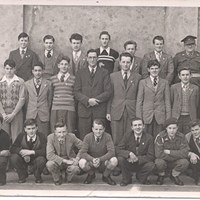 Melbourne Polytechnic in the 1950sBy 1951, Preston Tech was the biggest public technical school in Victoria. Read to find out more about Melbourne Polytechnic's history through the decades.LEARN MORE
Melbourne Polytechnic in the 1950sBy 1951, Preston Tech was the biggest public technical school in Victoria. Read to find out more about Melbourne Polytechnic's history through the decades.LEARN MORE -
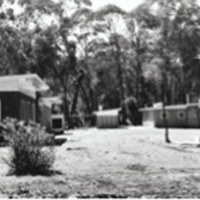 Melbourne Polytechnic in the 1960sThe sixties were a tumultuous decade of hope, change and political protest. It was a fertile decade in the sciences, arts and entertainment.LEARN MORE
Melbourne Polytechnic in the 1960sThe sixties were a tumultuous decade of hope, change and political protest. It was a fertile decade in the sciences, arts and entertainment.LEARN MORE -
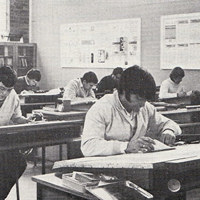 Melbourne Polytechnic in the 1970sDiscover more stories from the 1970s, the coming of age for vocational and technical education and when the acronym TAFE entered the Australian education.LEARN MORE
Melbourne Polytechnic in the 1970sDiscover more stories from the 1970s, the coming of age for vocational and technical education and when the acronym TAFE entered the Australian education.LEARN MORE -
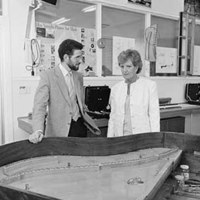 Melbourne Polytechnic in the 1980sThe vocational training landscape changed dramatically during the 1980s. Read to find out more about Melbourne Polytechnic's history through the decades.LEARN MORE
Melbourne Polytechnic in the 1980sThe vocational training landscape changed dramatically during the 1980s. Read to find out more about Melbourne Polytechnic's history through the decades.LEARN MORE